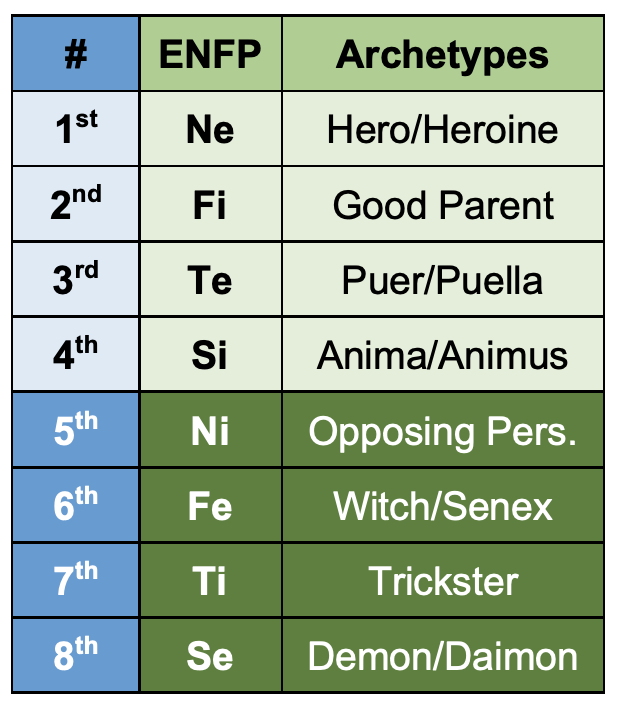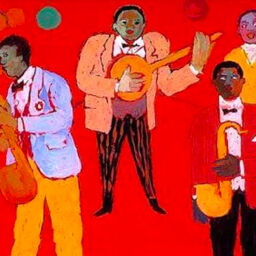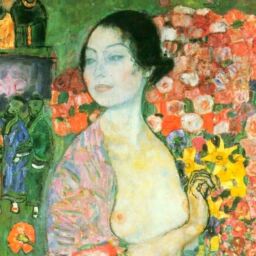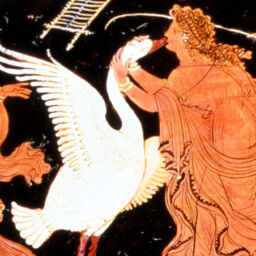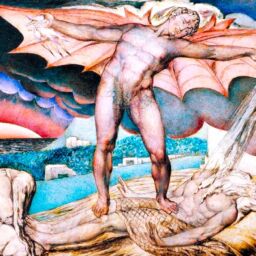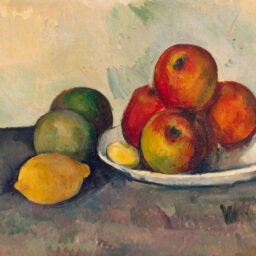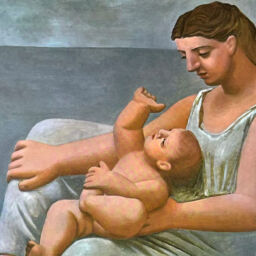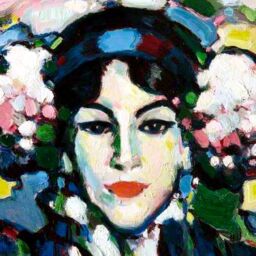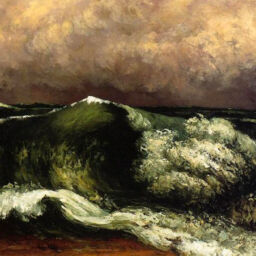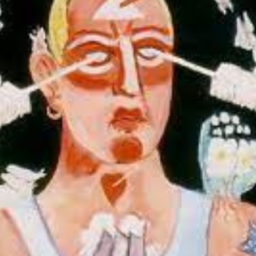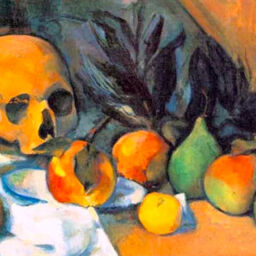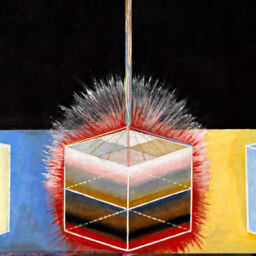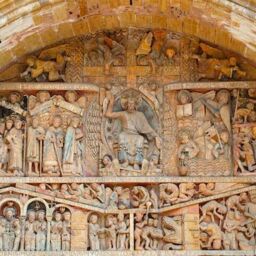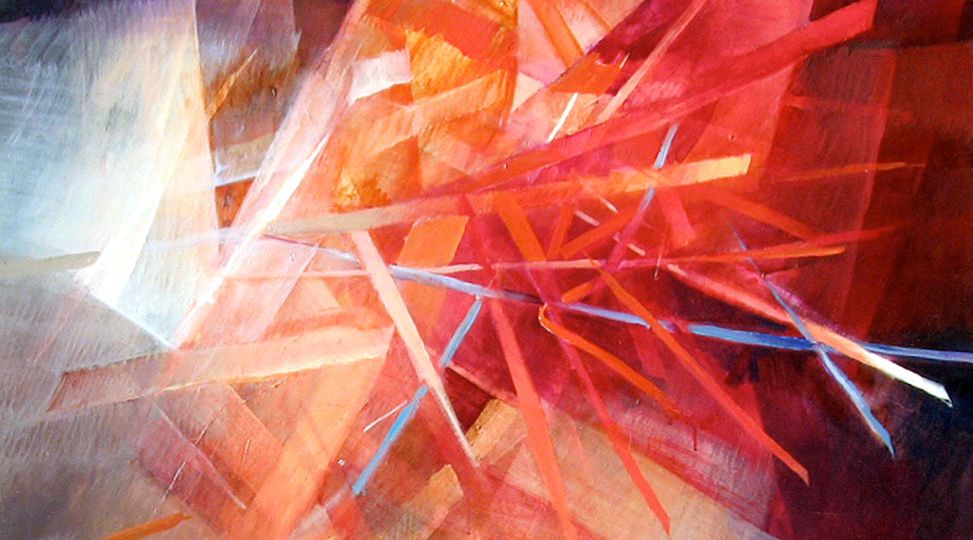
The Voice Behind the Curtain
Reclaiming My Dominant Function From the Protector/Persecutor
Download or listen to this article
Rebecca Kilicaslan, April 19, 2022
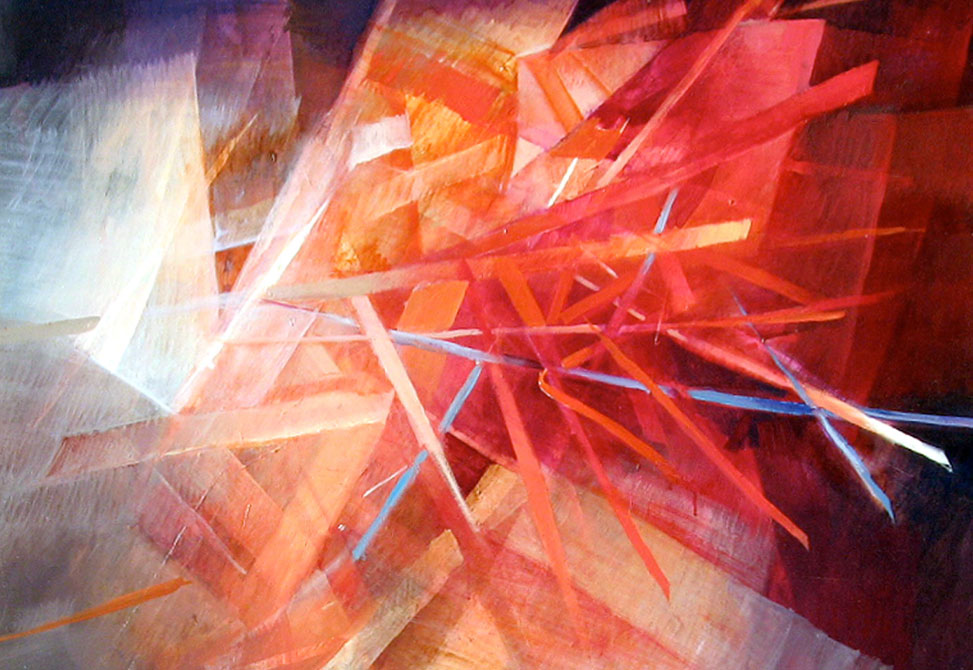
Although I know I have extraverted intuitive (ENFP) preferences, my reported type is often at the borderline of extravert and introvert, which reflects the repression in childhood of my dominant function. Intuition is, by definition, the essential mode for reading dreams. I dream frequently and vividly, and through dream journaling I experience the imaginal, liminal ground as a complex storyline with recurring symbols, situations, and landscapes. In my work as a creator of graphic novels, improvisational puppeteer, and dream artist, I have learned to relate imaginatively to the functions in the form of the characters discovered in dreams. My dreams, like the scripts I write, are always character-driven. Since I incorporated typology into my creative process, John Beebe’s eight-function model has substantially deepened my understanding of my dreams.
Carl Jung (1919/1983) described intuition as a perceptive function that apprehends the unconscious content of the psyche, bringing it into consciousness (¶ 239). While the intuitive function serves as a conduit to the unconscious in either the introverted or the extraverted attitude, it is introverted intuition (Ni) that makes the inner landscape its primary focus. Jung (1921/1983) portrayed introverted intuitives as sometimes possessing a mystical quality (¶ 661). “Introverted intuition perceives all the background processes of consciousness with almost the same distinctness as extraverted sensation registers external objects,” he wrote in Psychological Types (Jung, 1921/1983, ¶ 657). In my own experience, a repressed extraverted intuiting dominant function can also activate the imagination and dream life in powerful ways, bringing a compensatory, heroic numinosity from the 5th function.
Reclaiming a repressed dominant function is a lifelong process, but analyzing the function-archetypes of the eight-function model pioneered by Beebe has yielded valuable insights to unraveling personal truths from the fictions upon which I once depended. Although I had long believed that my parents encouraged and supported my creative work as a child, I now know that they did not. The handful of occasions when my parents noticed and remarked upon one of my flashes of intuitive brilliance were isolated incidents when my creativity benefitted them in some way or added to their sense of consequence and did not reflect an abiding interest in me. The emotional tenor of my childhood, if I look at it honestly, revolved around my fear of my mother’s anger and my longing for a father who was largely absent or unavailable. His presence mitigated Mom’s erratic emotions, but he was too passive to intervene on behalf of his children. Nonetheless, I clung to my illusions and to the rare moments of praise for my creativity because they were all I had to confirm the existence of my dominant function as an important aspect of myself. I now understand that my intuition was repressed for the sake of survival: I had to protect myself from the intuitive knowledge coming from my dominant extraverted intuition in order to maintain my illusion of parental care and attention. At age seven, I had a nightmare of driving the family van around and around the block, unable to stop. In waking life, nobody was driving the bus, and my need for containment was not being met.
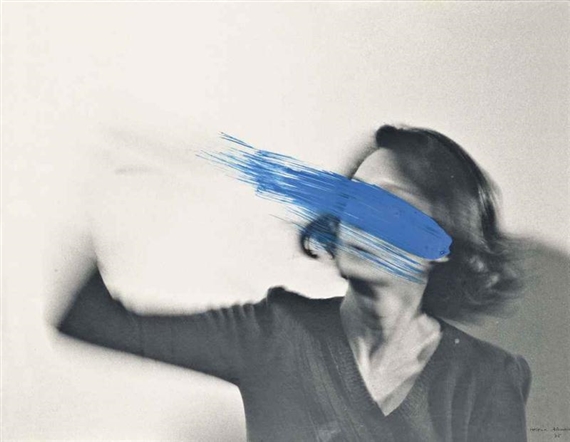
The Buried Self
John Beebe (2004) wrote that dreams can be “typed” by correlating the kind of situation they present with a function of consciousness (p. 90). He described the inception of his work in developing the eight-function model as being inspired by dreams he worked on in analysis during his twenties (pp. 94-95). His example dream pits a dominant function against a weaker function in a violent chase scene, one that reproduces an internalized dynamic that emerged from his relationship to a critical father. What Beebe noticed was that although the dream figures took the forms of his father and himself, his dreams did not so much represent the emotional dynamics between the individuals as between the functions that characterized his childhood environment.
During a period of my childhood when repression was actively taking place, I had a dream that depicted the mutual contamination of my intuitive functions. My father was engaged in an extramarital affair; he was in the habit of taking us, his children, to the park, where he would meet his girlfriend.
Dream #1: “The Buried Boy,” c. 1967, age seven
My parents are telling my siblings and me the story of their honeymoon in an exotic and romantic island paradise, where they visited a famous cave. As they narrate, the family living room scene melts away, like in a TV show, and we are transported to the island cave. It is a large open cavern that slopes down from a wide entrance, with a blue tropical sky visible above. One side of the cave is a wall of ancient mud bricks. It is said that there are mummies buried behind this wall. As Mom and Dad stand there, the muffled sound of a child’s voice can be heard, singing. The bricks begin to shift and rock, moving outward. Something is coming out of the wall. It is not a mummy, but a thin, brown-skinned boy. He was sealed up alive a long time ago. As he pushes his way out of the wall, the boy sings over and over: “I was born all free, / And you better not let it / Get outta me!” After the boy emerges, he leaves the cave and marries a young girl, the island princess.
The symbols in this dream follow the pattern of descent and ascent, with a revelatory event in the depths and a marriage of masculine and feminine in the ascent. The dream mother and father not only embody the child’s compensatory fantasy of the loving parents but also represent the auxiliary introverted feeling function. They act as guides to the chthonic realm, where they witness the boy emerging from the wall. The mummies are indicative of the frightening secrets buried in the wall that might upset Mommy. The boy could be an animus figure carrying my unconscious identification with my father’s libido: “I was born all free, / And you better not let it / Get outta me!” But if so, the “it” of the boy’s song is also the dreamer’s intuitive awareness that must be repressed in order to keep Daddy’s secrets and preserve the “honeymoon” narrative. Thus the “it” (intuition) is both emerging and repressed, because “you better not let it get out.” The purpose of the dream appears to be to stabilize the personality by permitting the repressed function to operate freely, but only on the subliminal level and in service to the dictates of the usurper dominant function, my auxiliary introverted feeling.
Through dream work I came to the realization that early in life I had adapted to my parents’ narcissism and unavailability by retreating into my auxiliary functions. My mother nearly died of puerperal fever after the birth of my younger sister, and as an energetic, extraverted toddler I was more than she could handle, so I was sent away to my grandmother for a time. The family circumstances were formative in problematic ways. I recall that when I was a preschooler, my mother would send me outside to play alone, threatening me with a spanking if I stayed underfoot. On one such occasion, while riding on my tricycle, I decided to imitate the cartoon character Mighty Mouse and attempted to ram my head through the wall of the garage. The resulting trip to the emergency room was one of many.
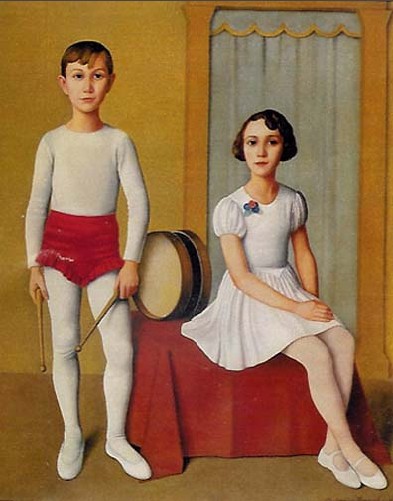
However, my dominant intuitive function could not remain completely repressed. It was expressed via an interest in performing, but because it was partly introverted, I was not yet self-aware enough to learn acting. In high school, the return of the repressed intuition brought with it a surge of rebellion, recklessness, and anger, which I ultimately expressed in adulthood by adopting a confrontational persona as a performance artist. It appears to me that this persona reflected the reemergence of the dominant intuitive function, interpenetrated by its opposing introverted shadow, as reflected in the mystical processes of burial and emergence that I enacted onstage and in my preoccupation with dreams and the unconscious. As an adult, I found myself repeating the same relationship mistakes, getting involved with controlling men against my better judgment, and I experienced a series of failed marriages. In 2007, I realized that I was trapped in an abusive relationship. I had to move to another state to escape, leaving my teaching job, graduate school, family, and friends behind.
At that time, I felt instinctively that my dreams held the key to understanding the forces that had repeatedly destroyed my life and robbed me of the fruits of my hard work. I resumed my former practice of keeping a dream journal and using artistic elaboration to engage in a dialogue with the dream figures through active imagination. In the years since, this work has gifted me with a more authentic way of being in the world, and I have developed a creative praxis that employs the intuitive function in its introverted attitude for self-reflection and in its extraverted attitude for self-expression.
I then had a series of dreams that depict changes in the protector-persecutor figures and in my relationship with the inflated auxiliary function. Taken in chronological order, the dreams demonstrate a process leading to the emergence of the dominant function and the regaining of my voice.
The Good King as the Auxiliary Function
In midlife, my dreams indicated a relationship with the archetypal father that was deeply complexed. The following dream occurred while on a camping trip with my teenage son. Despite the comfort of his presence, I was experiencing a period of loneliness and inner suffering in my life. I was burdened by a sense of despair over the failures of my love relationships.
Dream #2: “The Good King,” Sept. 4, 2000
The King, a big, lean, muscular, bearded blond man, about 45, surveys his prosperous tribe with satisfaction. It is the dinner hour and his wife is bustling about, cheerfully immersed in the preparations for a meal. The King mentally notes each person in the large group of nearly thirty extended family members of all ages. With sudden concern he realizes that one child, an adopted daughter who had joined them from some less fortunate family, is missing–in fact, has been absent since she departed early that same morning, wearing a red riding hood. Instantly the King sets out in search of her, accompanied by two men: his best friend, a dark-bearded warrior, and a strong young nephew. Before long they have arrived at the door to the home of the evil Magician. It is the house I grew up in, in Riverside, California. The King raps on the door but no-one answers. He peers at length into the window. He spies the child and calls to her. At first she bids him depart, but after persistent urging by the King, she comes out into the yard.
The child has been living alone in the derelict building for many years. She believes herself to be living in great splendor with the finest food and sumptuous trappings. She is proud, grave, remote, and undernourished. She is around eight years old. The King converses with her with polite respect, asking that she invite him inside. This she deigns to do. The unlit interior is cluttered and filthy. She leads him to the kitchen. There, her industrious but futile efforts to feed herself are in evidence. Pastry shells of dry wheat flour paste have nothing inside them. Bright green leaves, dyed a healthy color but brittle, dry, and tasteless, are carefully stacked. The King picks one up and it crackles unenticingly.
“What are these?” he asks the girl, his heart full of pity.
“Oh, those are reanimated beets.” She opens the dishwasher, displaying rows of hoary huge beets, their tops withered and gray. Looking up at the King she suddenly realizes how hungry she is and how useless her illusions are. The spell is broken, and she is free.
The King scoops her up into his arms, tears stinging his eyes. “You are my daughter,” he says. She clings to his neck as he carries her through the house toward the door. “Tonight you will have bread and milk and honey,” he taps her little nose with his finger, “and a big venison steak!”
In the front yard his companions are waiting. He passes the child into his nephew’s arms. It is this young man’s duty to carry her to safety, back to the camp, while the King does battle.
“Now,” says the King, as he and his friend survey the door that has sealed itself shut behind him. “Let us go in and destroy this vermin, this Magician.”
I am watching, terrified. But before the King can begin his assault the door creaks open, and out pads a sinuous beast, a large, maned lion. He is followed by the Magician himself, a dark, clean-shaven man with glittering eyes and a sneering smile. The sneer is echoed in the smile of the emaciated gray wolf at his side. The Magician begins to speak, his words a tortuous maze of veiled threats, appeals to reason and pity, and feints of generosity.
“Don’t listen to him!” I plead, although I know I’m both invisible and inaudible. “He’s a manipulator, a charming liar!” The lion and the wolf have now been slain by the two heroes. But I am face to face with the Magician himself, and I doubt that I have the nerve to kill him. He is writhing like a snake as we grapple, and the flood of poisonous words continues. Soon he will metamorphose into a giant serpent, and the King will slay him forthwith, if I can only hold him tight.
Now we are in the arena of Knossos. The Cretans are chanting and singing in praise of the King, who has vanquished evil. I can hardly believe it’s true. I am his beautiful wife, the Queen, envy of all women, desired by all men. And yet none can win me, for the King my husband is the mightiest of all. I have shown him how to use the magic surfboard the Magician left among the spoils. There yet remains a third of the bottle of creamy foam that makes the surfboard fly. A dark-haired man who found it tried to make a surfboard out of the foam itself and claim the prize. But I told him it doesn’t work on foam surfboards. It only takes a tiny dab of the foam on the tip of the blue-and-yellow surfboard to make it go, as I showed the King. There is enough left to last the rest of his life. Now he will swoop into battle and skim the fray on his magic surfboard. “You can fly!” I say to him proudly, watching the wonder rise in his twinkling blue eyes. And I will dance in beaded sandals, light of foot and gracefully moving to the musical chanting and the beat of the drums, in joy.
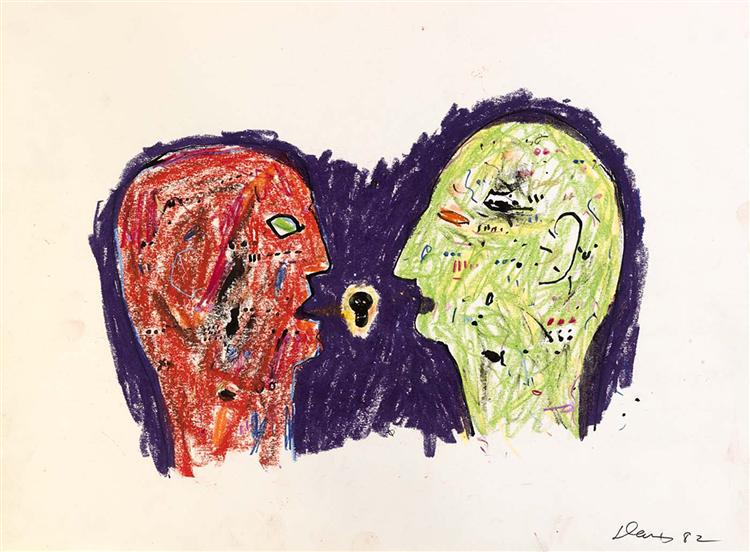
The Good King promises me bread and milk and a “venison steak,” which sounds very nutritious, but in reality is unappealing to a vegetarian. Something dear (deer) must be sacrificed for the child to be fed. The dream concludes with a celebration of masculine victory, of the father and husband. The ecstatic queen (myself) experiences an increase in status indirectly, through the exploits of the King, and in the last play in the dream, she revels in being the beloved of the great man. The egosyntonic ideals of my Athena complex have been bolstered, but the chthonic beets remain uneaten.
This dream dramatizes the way in which the auxiliary introverted feeling function swoops in to “rescue” the weakened and infantilized dominant extraverted intuition from integrating its own instincts and shadows. Despite its fairy-tale qualities, the dream valorizes adaptation over self-discovery. The Good King, constellated as he is through the moralizing function, is acting in the role of a protector/persecutor. He is a daimonic personality that my unconscious created in early childhood to protect the status quo and to fill the void my father left in his absences, which eventually became permanent. The Good King had been standing between me and my detached trickster for many years, protecting the ego from the truths that puncture its grandiosity (Shumate, 2021 p. 100). Sadly, I could not see at that time that it was not the trickster Magician who was telling me lies but the Good King, whose job it was to maintain my illusions, to ensure that I could not survive without him, or some man like him, to rescue me. This fantasy projection had already helped destroy two marriages—not because of dependency on my part, but because I was only too ready to step into the role of hero and rescue others at my own expense. Worse, I was unable to trust; I was uncomfortable depending on anyone. In the topsy-turvy narrative of the protector/persecutor, the Good King was an impossible dream of the fantasy father, and all real men were villains—a fairy tale I continued to live out to the letter. In reality, which is to say unconsciously, the “lying” Magician had a grip on me so that I reenacted the battle with my duplicitous trickster again and again.
The day after writing down the dream, I created a small medallion sculpture depicting the Good King on one side and the Mother Goddess on the other (Figure 1). The Good King is shown in a relief portrait within a six-pointed star, emblazoned with the words “self-reliance,” “focus,” “fidelity,” and “honor.” The Goddess is depicted full figure, nude before a five-pointed star, and around her I wrote the words “empathy,” “humility,” “surrender,” and “love.xf” To fuse the two sides together, I baked the clay by placing it on a rock near the campfire, and in the process the goddess was disfigured and the word “love” was obliterated. This revealing “happenstance” was disturbing but provided an opportunity for self-reflection.
Dethroning the King
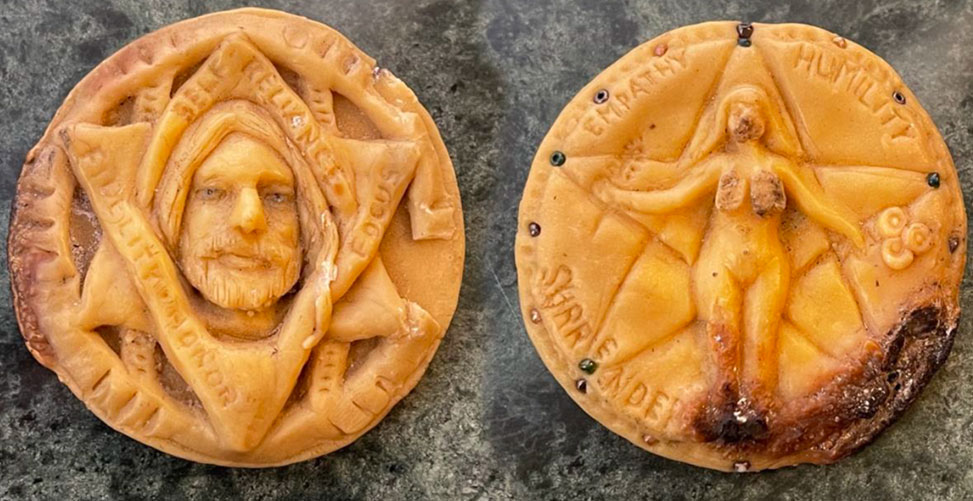
Dream #3: “The Key of the King,” July 31 2018
I’m at a lifeguard/gymnast meet–I am neither, but am competing anyway. We are doing the “back flips into the water with a chair” event. First all the girls go, then all the boys. People are doing some pretty creative gymnast things with the chairs. I am one of two people who are alike. Sometimes I’m the other one. I tell the others about how it is walking around as two people. Sometimes I’m the dead one, naked and covered in mud and filth. I tell Andy [my husband] about how I was at a nerd convention which was clearly a great opportunity to get laid because nerds are so notoriously hard up. Nonetheless, I did not sleep with any of the nerds. This story is one of several anecdotes I recount about being in situations where I’m surrounded by horny guys, but don’t act on it.
Now there is a war going on, involving a lot of torching and burning things. My side is the attacker, so I feel obligated to take a burning, long-handled torch and thrust it up into the eaves of a thatched tree house sort of structure. It doesn’t seem like it’s going to light, but then suddenly it starts to burn wildly. There is destruction everywhere. Now I am feeling so sad and heartbroken that I can no longer speak.
A young man comes; he is boyishly handsome with long light brown hair and delicate elfin features, clad medieval style in a tunic and with a hooded cloak and leggings. He feels very familiar. The first thing I realize about him is that he has the Key of the King, which is not an actual physical key, but sort of a puzzle and talisman that opens the estate of the crown—the key to the realm, so to speak. Unfortunately, the palace has been destroyed in the war so the key can’t be used.
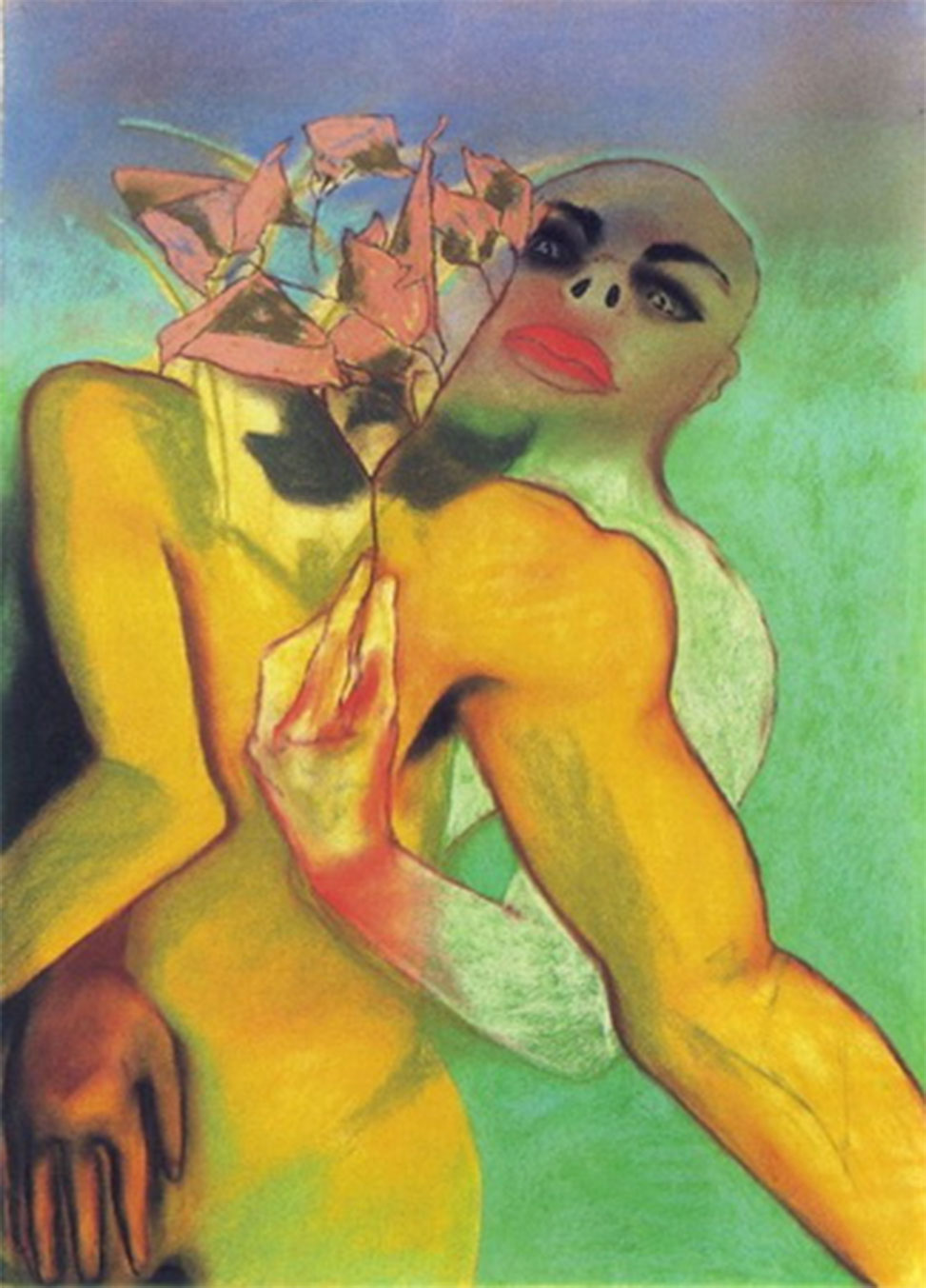
This dream displays the changing relationships among the functions and reveals the role of the creative process in development. At the beginning of the dream, I am two people who are exactly alike, but one is clothed and the other naked, one clean and the other filthy, one alive and the other dead. This second self is my oppositional introverted intuitive shadow, the mystic, an alternate self which comes and goes. When I repressed my dominant extraverted intuitive function, I theorize, it became submerged and contaminated, as undifferentiated functions will (Jung, 1936/1983, ¶ 118), and it merged with my introverted intuitive function. When the extraverted intuitive function re-emerged later in life, a positive, mystical shadow was constellated to compensate for the more narcissistic and stunted extraverted attitude.
When I brag to my husband that even though all the nerdy boys want to sleep with me, I am faithful, I pay homage to the egosyntonic ethics of my introverted feeling parent while resisting the attraction of the extraverted thinking puer. But the dream pivots sharply as I proceed to set everything on fire, feeling “so sad and heartbroken that I can no longer speak.” This oppositional act implicates the shadow introverted intuition as the side of myself that feels compelled to burn down the village. I lose my voice entirely, yet with the symbolic game pieces I can communicate, compensating for the loss of voice and of the fantasy father through the interjection of my own creativity. In the Good King dream, I must hold the Magician still so that the King can get him. Here, I have destroyed the palace and, with it, the King. I give a magical boy the symbols of the Magician—the four suits of the Tarot—and allow him to carry me down the tower stairs and out. Instead of killing the trickster, I have endowed him with the symbolic power to be the agent of my redemption. At the same time, I am symbolically taking back my projections from my husband by giving him the game pieces, acknowledging that although I made them, they rightfully belong to him. This, then, is the real “Key of the King”: by relinquishing control over the projected image, I free the boy to act out of his own power. Instead of casting him as the enemy, I set him free to love me, and I am able to accept his love. However, before this redemption could become possible, the fortress of the protector/persecutor King had to be destroyed.
Freeing the Buried Child
In blocking access to the intuitive and trickster functions, the protector/persecutor auxiliary introverted feeling long stood between me and my source of laughter, and as a result, I often took myself too seriously. The objectivity of introverted thinking, the trickster function of my type, punctures sentimentality and dispenses with moralizing judgment (Shumate, 2021 p. 100), a movement necessary to invoke the freedom-loving spirit of comedy. Laughter is instrumental in regaining my voice in the following dream.
Dream #4: “My 800-Pound Gorilla,” July 12, 2021
I am on the street with a group of people, engaged in a game or sports, and it is all about the relationships among all of us and their fluidity and multivalence. There is a policeman asking questions. One of the men, a very athletic, wiry older fellow, scoops up a French or Italian soccer player in his arms and gives him a kiss on the lips. Everyone in the group is amused except for the policeman.
Cement steps going down to a basement door. I am sweeping up trash and leaves that have accumulated down there. Somebody says that a policeman is coming down the street, and I rush to finish the cleanup. Somebody in the basement apartment is in trouble, maybe, being investigated by the cop. I am concerned that the 800-pound gorilla in the basement will come out when the policeman arrives. It’s supposed to be hidden but it always comes out when the authorities appear because it’s like a compulsion. I imagine beating my chest and vocalizing like a gorilla, and then I can feel myself doing it: HO-HO-HO-HO! It’s not really like a gorilla voice, it sounds like laughter from a giant or Santa Claus. I realize that it’s okay to show my gorilla to the policeman, I am prepared, and it’s actually my function to let the gorilla out.
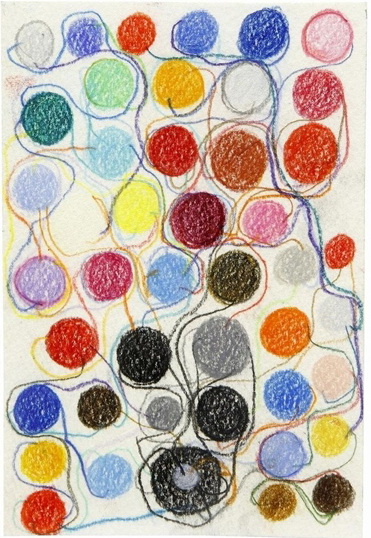
Although the attitude of my extraverted dominant function has gradually become more differentiated, the dream images suggest that the once-submerged extraverted intuiting function remains deeply embedded in the unconscious matrix and is contacted underground or under the water. In these dreams, the intuitive function activates the submerged function-archetypes needed in the long healing process of reclaiming my own voice. The intuitive function brings to dreams an attitude of fascination in which, as Jung (1936/1983) noted, “unconscious images acquire the dignity of things” (¶ 657). It is through intuition that we experience the numinous.
Using typology to read my dreams has given me powerful tools for tracking potent dream figures and observing how they interrelate in my unconscious layers. Bringing the images into consciousness and developing a relationship with them through creative elaboration teaches me strategies to prevent the protector/persecutor from sabotaging my healthy relationships and my efforts at effective self-expression in the world.
References
Beebe, J. (2004). Understanding consciousness through the theory of psychological types. In J. Cambray & L. Carter (Eds.), Analytical psychology: Contemporary perspectives in Jungian analysis (pp. 83-115). Brunner-Routledge.
Jung, C. G. (1919/1983). Instinct and the unconscious (R. F. C. Hull, Trans.). In H. Read et al. (Eds.), The collected works of C. G. Jung, (Vol. 8, pp. 68-73). Princeton University Press.
Jung, C. G. (1921/1983). General Description of the Types (R. F. C. Hull, Trans.). In H. Read et al. (Eds.), The collected works of C. G. Jung, (Vol. 6). Princeton University Press.
Jung, C. G. (1940/1983). The psychology of the child archetype (R. F. C. Hull, Trans.). In H. Read et al. (Eds.), The collected works of C. G. Jung, (Vol. 9i). Princeton University Press.
Kalsched, D. (1996). The inner world of trauma in its diabolical form. In: The inner world of trauma: Archetypal defenses of the personal spirit (pp. 11-40). Routledge.
Shumate, C. (2021). Projection and personality development via the eight-function model. Routledge.
Wilde, O. (1891). The critic as artist, Part II. In: Intentions (pp. 125-178). Heinemann & Balestier.
Images
Almeida, H. (1976). Inhabited painting. Retrieved from wikiart.org
Blumenfeld, R. (2013). Breaking through. Retrieved from wikiart.org
Clemente, F. (1983). Abbraccio. Retrieved from wikiart.org
Davis, G. (1982). Death heads. Retrieved from wikiart.org
Donghi, A. (n.d.). Untitled. Retrieved from wikiart.org
Tanaka, A. (1999). Untitled. Retrieved from wikiart.org


